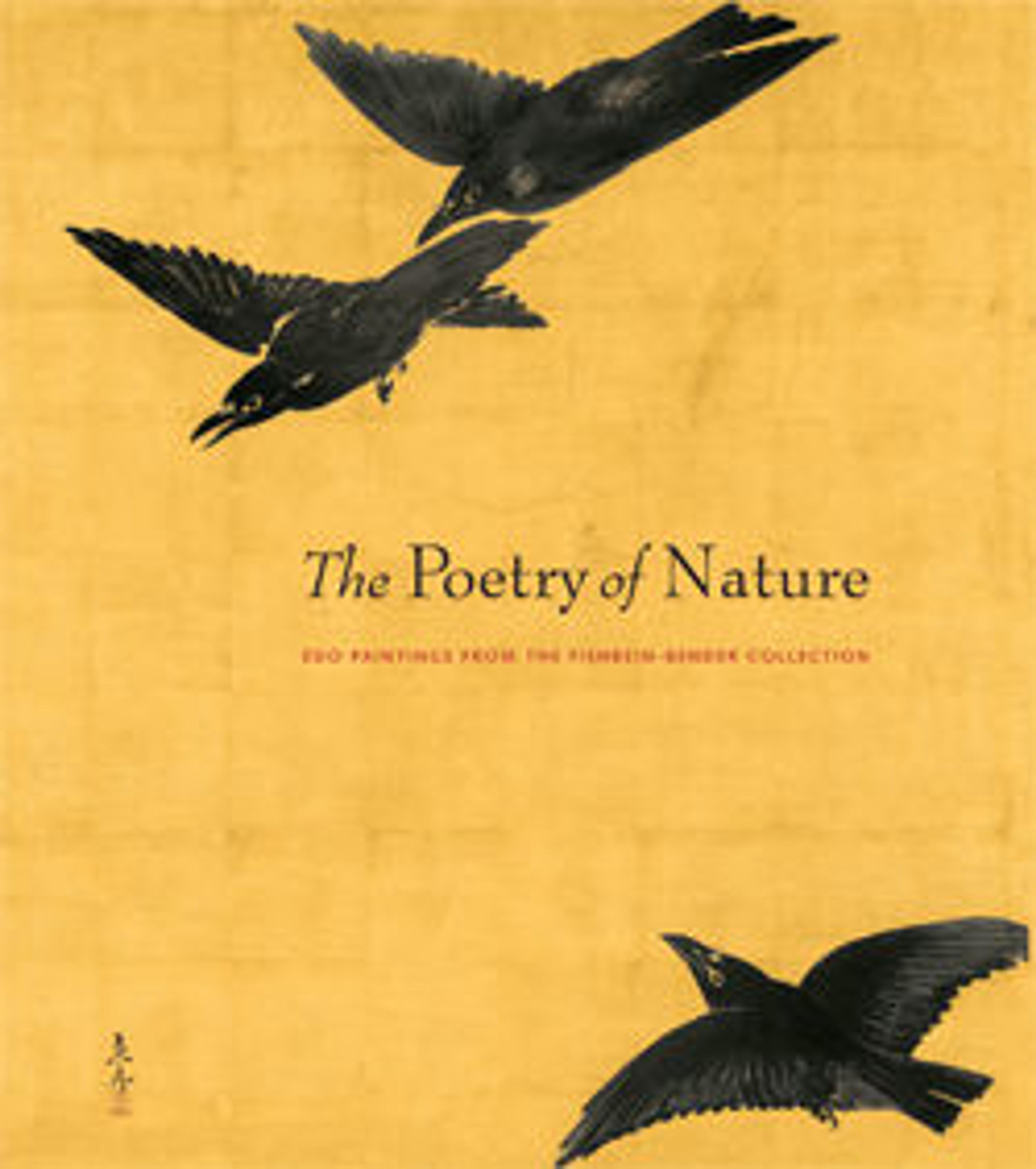Amusements in a Mansion
This detailed screen painting dates to a peaceful period when the warrior elite commissioned images of themselves at leisure. Hosts and their escorts enjoy amusements of every variety, including musical performances, eating and drinking, dancing, and strolling in an elaborately landscaped garden with a miniature Mount Fuji. Notably, the wealthy male hosts are joined not only by courtesans and female entertainers (as was common in genre paintings of the period) but also by young male escorts called wakashu. Many elegantly dressed figures wear kosode (the predecessor of the modern kimono) with large, colorful, asymmetrical patterns reflective of contemporary fashions popularized by woodblock-printed pattern books. The motifs on these kosode include flora and fauna as well as elements from everyday life—kemari balls, snow-flakes, and waterwheels.
Artwork Details
- 邸内遊楽図屏風
- Title:Amusements in a Mansion
- Period:Edo period (1615–1868)
- Date:mid-17th century
- Culture:Japan
- Medium:Pair of six-panel folding screens; ink, color, gold, and gold leaf on paper
- Dimensions:Each: 38 3/16 in. × 8 ft. 10 11/16 in. (97 × 271 cm)
- Classification:Paintings
- Credit Line:Purchase, Mary and James G. Wallach Foundation and The Vincent Astor Foundation Gifts; Harris Brisbane Dick, Mary Livingston Griggs and Mary Griggs Burke Foundation, and Seymour Funds, 2017
- Object Number:2017.37.1, .2
- Curatorial Department: Asian Art
More Artwork
Research Resources
The Met provides unparalleled resources for research and welcomes an international community of students and scholars. The Met's Open Access API is where creators and researchers can connect to the The Met collection. Open Access data and public domain images are available for unrestricted commercial and noncommercial use without permission or fee.
To request images under copyright and other restrictions, please use this Image Request form.
Feedback
We continue to research and examine historical and cultural context for objects in The Met collection. If you have comments or questions about this object record, please contact us using the form below. The Museum looks forward to receiving your comments.
